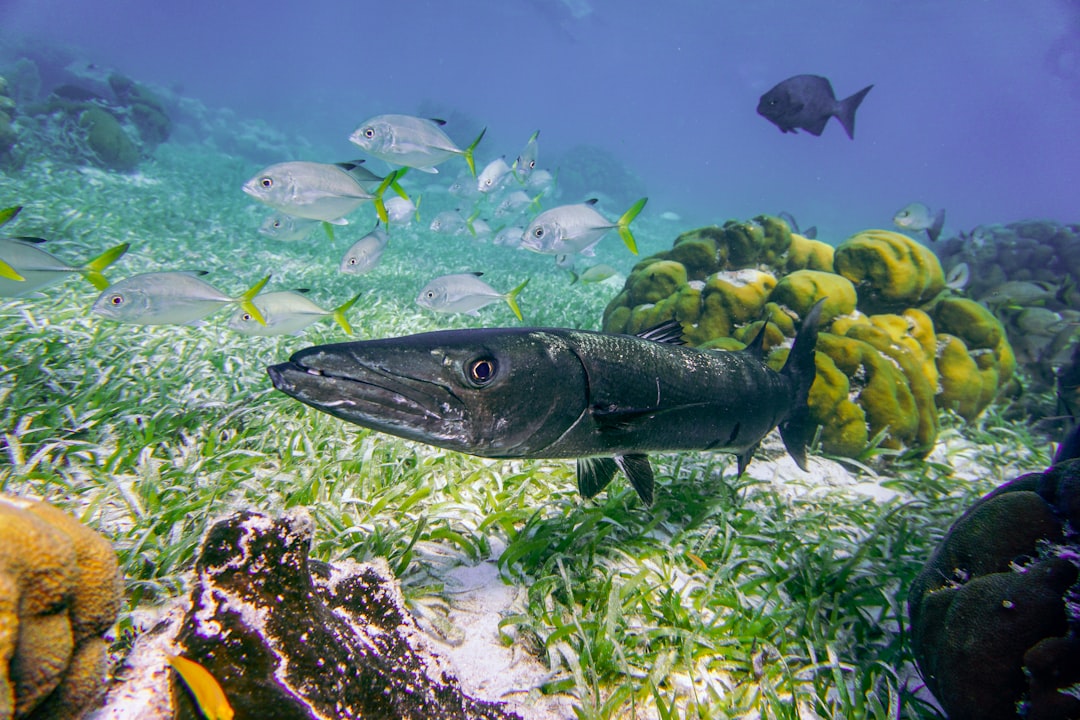What is it about?
Surfactants are molecules with a water-loving part attached to a water-hating part. Due to this duality, they assemble together in water in a wide range of structures. Distinct aggregates of surfactants are known as micelles which can be spheres, rods, or wormlike (long and flexible). We use computer simulations to look at the amount of energy it takes to break a wormlike micelle and how it changes with the composition of the solution. We found that it takes less energy to break a wormlike micelle when there is a lower salt concentration or more spacer groups between the water-loving and water-hating groups in the surfactants.
Featured Image

Photo by Rajasekhar R on Unsplash
Why is it important?
The amount of energy it takes to break a wormlike micelle is directly related to the average micelle length, which is turn is related to the viscosity (thickness) of the solution. The surfactant we looked at forms the basis of many shampoos and shower gels. Therefore, by understanding how the breakage energy varies with composition we can understand how the shampoo thickness varies with composition from a molecular viewpoint. This can be used to guide R&D and formulation scientists when making surfactant based products.
Perspectives
This paper was the culmination of a lot of difficult simulations and required a lot of work trying to get the simulations to run correctly, so I am proud to see this work published.
Dr Charlie Wand
University of Exeter
Read the Original
This page is a summary of: The Relationship between Wormlike Micelle Scission Free Energy and Micellar Composition: The Case of Sodium Lauryl Ether Sulfate and Cocamidopropyl Betaine, Langmuir, September 2020, American Chemical Society (ACS),
DOI: 10.1021/acs.langmuir.0c02210.
You can read the full text:
Contributors
The following have contributed to this page










